Why does the child have a headache? Causes of headache in children. How to help the child and what to do - we will help you to understand this article.
Contents of
- Why does the child develop a fever and a headache?
- Headache without fever in a child, causes
- What does the headache in the temples in children show?
- What does headache in the forehead area mean in a child?
- Why does the child develop a headache and dizziness?
- Causes of headache and vomiting in a child
- Why does the child have a headache and drowsiness?
- What does the child's sharp headache say?
- Cure for a headache for children
- What to do when a child has a headache?
- How to relieve a headache without medication?
- All about child pain and medication, advises Dr. Komarovsky, video
Headache can not only be affected in adults, babies also suffer from this ailment for various reasons. And if, adults can describe the nature of pain, then this is given to children with great difficulty. Often they do not understand and can not explain what hurts them. And their suffering is transmitted through facial expressions, grimaces, whims and crying.
Why does the child develop a fever and a headache?
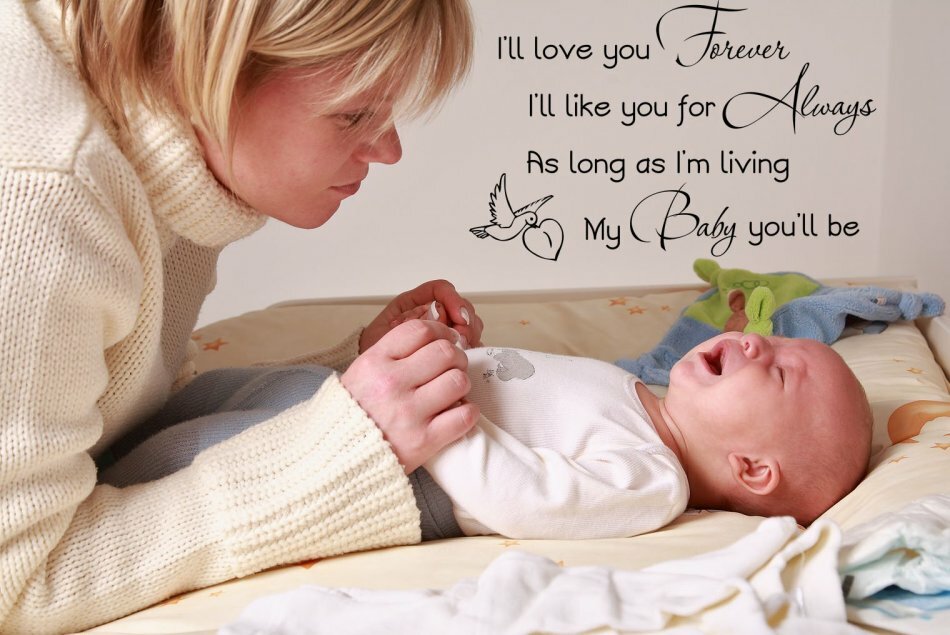 Headache in a child: the child cries
Headache in a child: the child cries After complaints of abdominal pain, a headache( the medical term - cephalgia) stands in second place in the row of all childhood ailments. Headache is a painful manifestation from the eyebrows and the bridge of the nose to the nape of the neck.
Infectious processes tend to cause fever and severe headache. The disease is rapidly developing and gradually affects the nasopharynx, trachea, bronchi, lungs.
IMPORTANT: Temperature increase is a protective signal, notifying that the body has failed and all defensive systems need to be mobilized for troubleshooting.
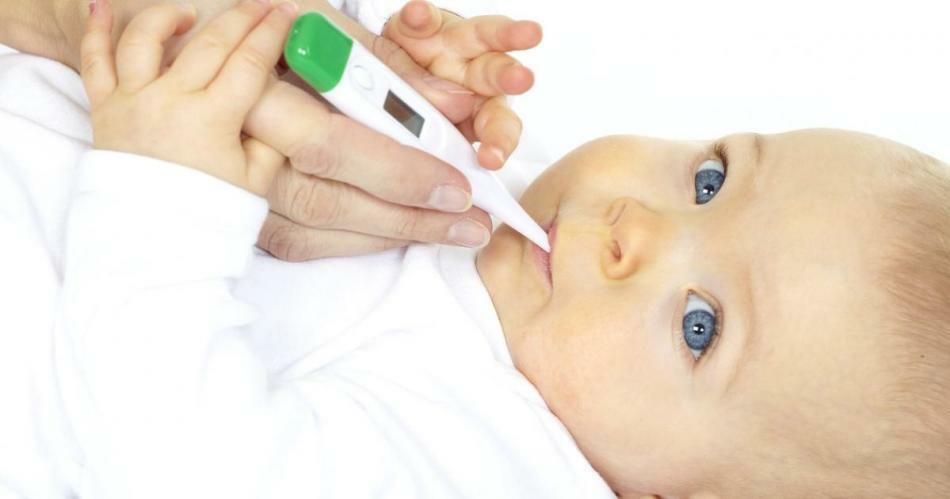 Increased temperature in a child is accompanied by a headache
Increased temperature in a child is accompanied by a headache During a temperature increase, blood circulation and metabolic processes increase, intracranial pressure may increase. As a rule, there is a headache that signals a malfunction in the physiologically adjusted functioning of the body.
Influenza, SARS and other colds .Headache, weakness, fever, shortness of breath, cough, runny nose, muscle pains are characteristic symptoms of seasonal colds. The appearance of a headache in these diseases is typical and accompanies infectious processes.
IMPORTANT: High body temperature( above 38 degrees), severe headache, severe deterioration of the child's well-being are factors that require mandatory medical attention. This is especially true for toddlers of the first year of life.
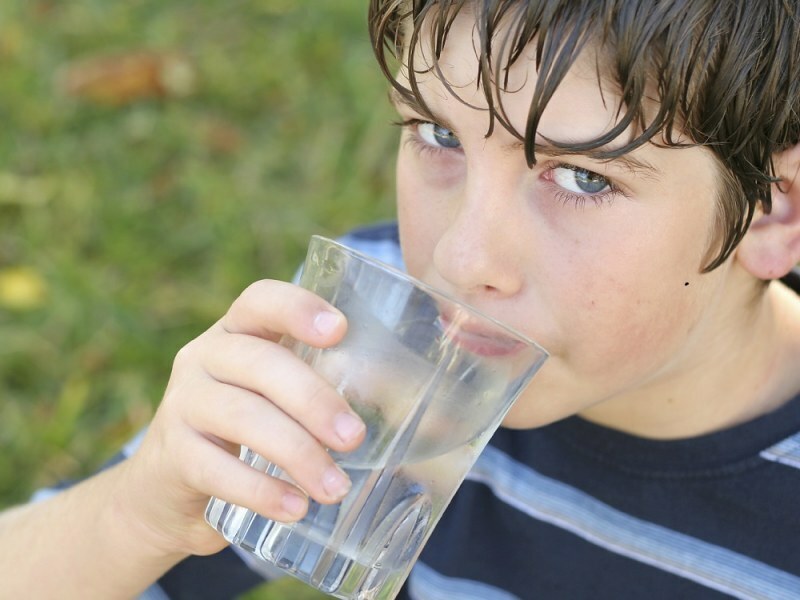 A boy drinks water with a headache
A boy drinks water with a headache Headache without a temperature in a child, causes
Periodic headaches occur in children most often because of a psychoemotional condition: experiences, fear, stressful situations, a splash of emotions. Such pain sensations are localized in the occipital region and are not accompanied by a rise in temperature and, as a rule, pass by themselves.
In such cases, it is enough to change the situation, calm the child, give him a break and drink some water. Walking in the fresh air and sleep will help to eliminate the resulting headache.
Stressful situations that can cause a child's headache:
- death of a loved one or a pet
- divorce of parents
- visit to a new children's institution( kindergarten, school, sports section, children's studio)
- moving to a new apartment
- beginning of the heating season
- conflict situations withfriends
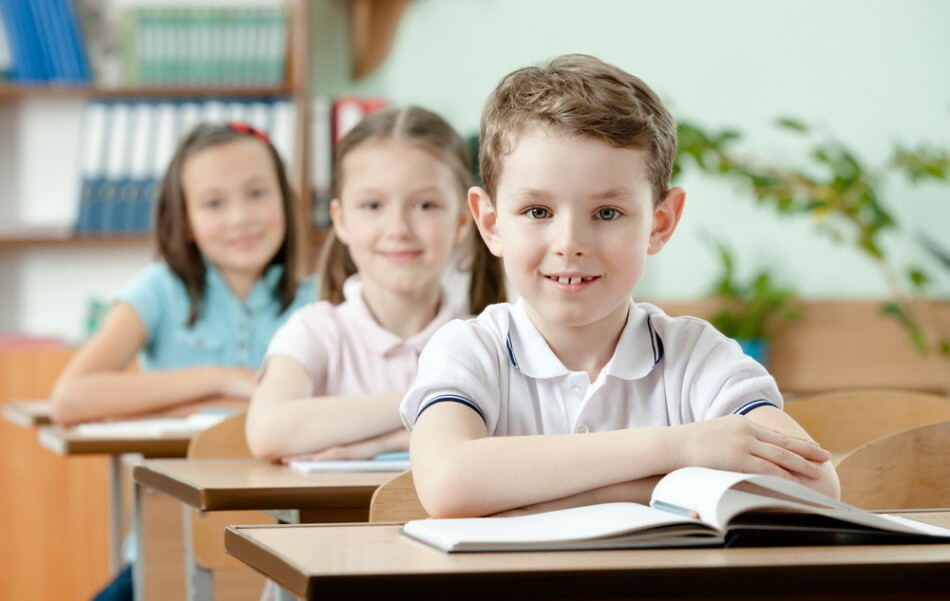 Stable psycho-emotional state of the child - a pledge of well-being
Stable psycho-emotional state of the child - a pledge of well-being What is the headache in the temples of children?
The headache of tension most often causes pain in the temples. Such pains occur in 75% of cases. Stress, stuffy room, worries and fears, hunger, changing the habitual rhythm of life, weather conditions are factors that contribute to the onset of headache.
In the mechanism of painful sensations lies the tension of the muscles and vessels of the head. First, the pain takes a moderate character, then intensifies. The child complains of squeezing the head. Such pain usually occurs in the afternoon.
What does headache in the forehead area mean in a child?
Headache in the forehead area is most often caused by an infection of the upper respiratory tract. Sinusitis: sinusitis, frontalitis - diseases accompanied by pain in the frontal part of the head. At the same time there are yellow-green discharge from the nose, indicating a prolonged inflammatory process.
Sinusitis .The disease is associated with inflammation of the paranasal sinuses. Most often occurs as a complication after colds of infectious diseases. There is heaviness and pain in the forehead, fever and thick discharge from the nose. Treatment is reduced to the drainage of nasal cavities and drug treatment of infection.
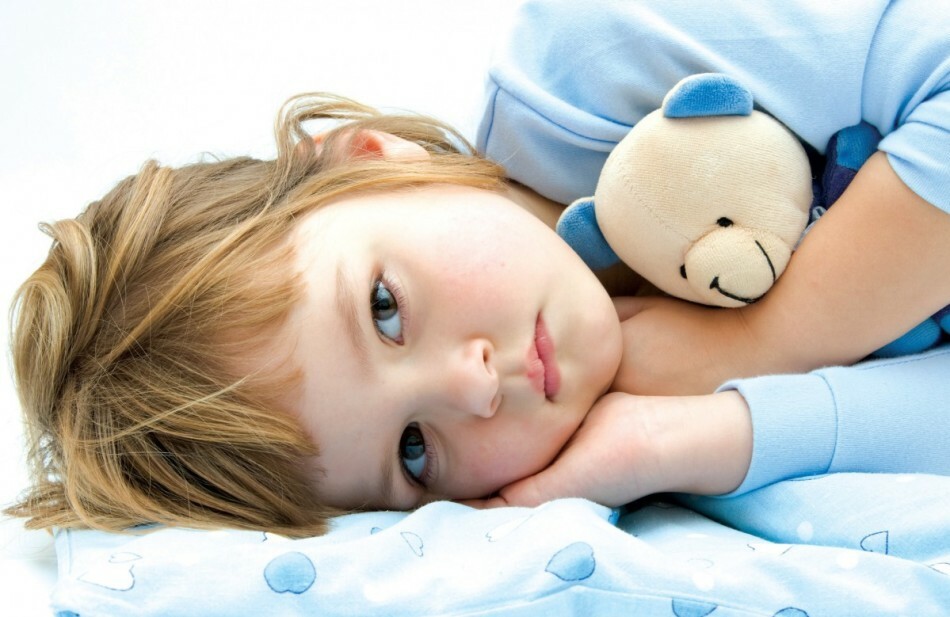 Dizziness with headache
Dizziness with headache Genyantritis - a kind of sinusitis, in which the maxillary sinuses of the nose become inflamed. The child complains of nasal congestion, severe headaches in the upper part of the head and heaviness when the head and torso are tilted.
Front .The disease is associated with inflammation of the frontal paranasal sinuses. Babies suffer severe pain in the forehead. Relieve pain is possible with the help of outflow( drainage) of clusters from the nasal sinuses.
Why does the child develop a headache and dizziness?
The cerebrovascular trauma of is often accompanied by dizziness and severe headaches. This can be the result of damage to soft tissues, tendons, muscles, and more serious consequences, such as internal cerebral hemorrhage.
IMPORTANT: For a precise statement of the cause of headache after traumatic brain injury, a special brain examination( neuroimaging) is recommended. The method of magnetic resonance imaging can reveal hemorrhages and possible changes in the structure of the brain.
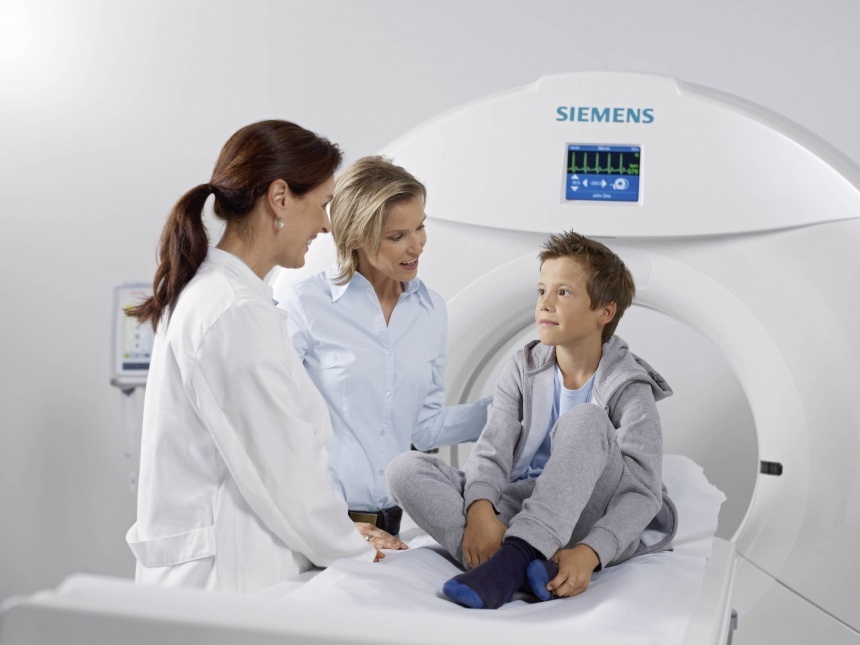 Brain examination with tomography
Brain examination with tomography Causes of headache and vomiting in a child
Meningitis .Sudden severe headaches accompanied by vomiting can be caused by infectious processes in the brain. Viral and bacterial inflammation of the brain membranes, the so-called meningitis, can cause not only a strong prolonged headache, but also vomiting.
IMPORTANT: The main symptoms of infectious meningitis: acute headache, tension of the occipital muscles, vomiting, fever, photophobia.
With such severe symptoms, the child should be immediately hospitalized and appropriate and timely treatment should be prescribed.
Migraine. One-sided severe headaches of paroxysmal nature. The disease is associated with a hereditary predisposition. The attack has a long character: from half an hour to 5 hours.
Pain localized in the occipital, parietal or frontal region. Dizziness, lethargy, fainting are the characteristic symptoms of migraine.
Concussion .Children often fall and often get craniocerebral trauma. The consequence of head shocks may be concussion. The main symptoms of this form of injury are short-term loss of consciousness, nausea, vomiting, headache, dizziness and tinnitus.
IMPORTANT: Craniocerebral injuries are dangerous to the life of the baby, require emergency care and specialist advice.
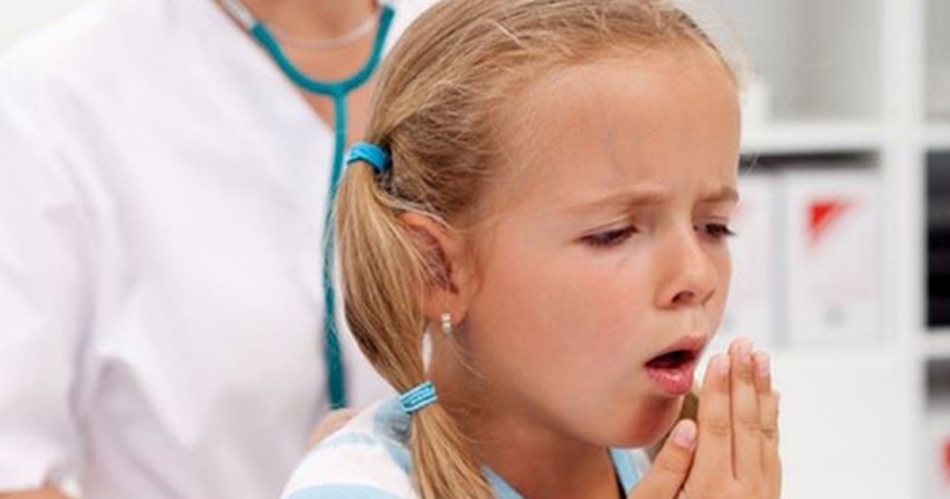 Migraine - severe attacks of a child's headache
Migraine - severe attacks of a child's headache Why does the child have a headache and drowsiness?
Headache and drowsiness often accompany one another and are important symptoms of some serious pathologies:
- craniocerebral trauma with edema and intracranial hematomas
- Acute toxic poisoning( botulism, narcotic and drug intoxication, substance poisoning by household chemicals)
- renal and hepatic coma
- hypothermia( freezing of the body)
If the child complains of headaches and at the same time showsweakness, lethargy, drowsiness - this should alert the parents. Such symptoms require a doctor's advice, since they are harbingers of some diseases.
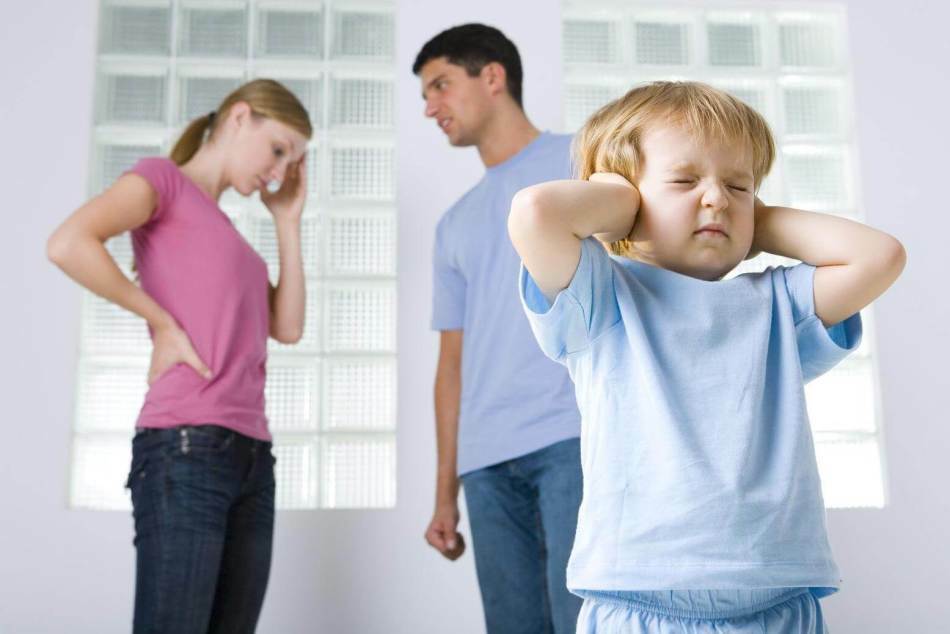 Headache in a child - harbinger of many diseases
Headache in a child - harbinger of many diseases Nervous exhaustion or asthenic syndrome is due to an excessive load on the nervous system of the child. Increased fatigue, excessive physical and mental overexertion, lack of sleep, inadequate nutrition, long-term chronic diseases quickly lead to the exhaustion of the weak child's nervous system.
Brain hypoxia or oxygen deficiency of the brain may be due to a lack of fresh air in the room where the child is. Respiratory and cardiovascular diseases can also cause oxygen deficiency and lead to headaches.
Vegetosovascular dystonia is associated with vascular disorders. Lethargy, drowsiness, mild headache, increased irritability, dizziness are the main symptoms of the disease.
Acute lesions of the central nervous system are accompanied by headache, oppression of consciousness and increased drowsiness. If you do not go to the doctor on time, the patient can fall into a coma, into a complete unconscious state.
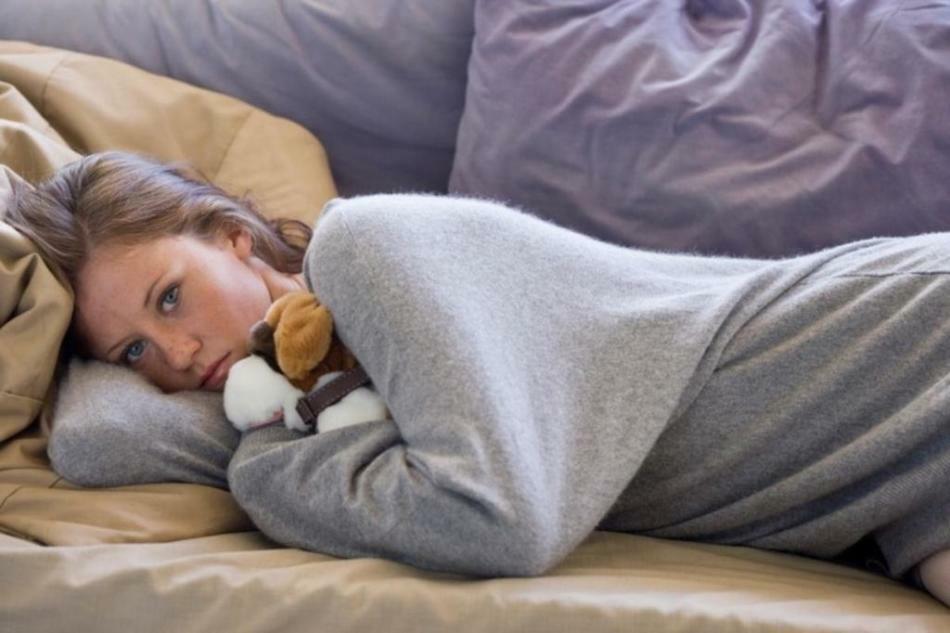 A sharp headache may be the onset of a serious illness
A sharp headache may be the onset of a serious illness What does the child's headache say?
A sudden sharp headache should alert the parents. It is necessary to try to find out the reason of occurrence of a pain, in detail having asked the kid. A strong sudden headache can often serve as an initial symptom of serious disorders in the child's body.
Diseases accompanied by a sharp headache:
- influenza and other infectious diseases
- craniocerebral trauma
- cervical spine diseases
- brain tumor
- meningitis
- migraine
- sinusitis
- inflammation in the ears
- dental diseases
IMPORTANT: If the child complains of a sharp headachepain that occurs suddenly with good health, you should observe the child and try to figure out what could be causing the pain. If the child's state of health worsens, emergency treatment should be called for immediately.
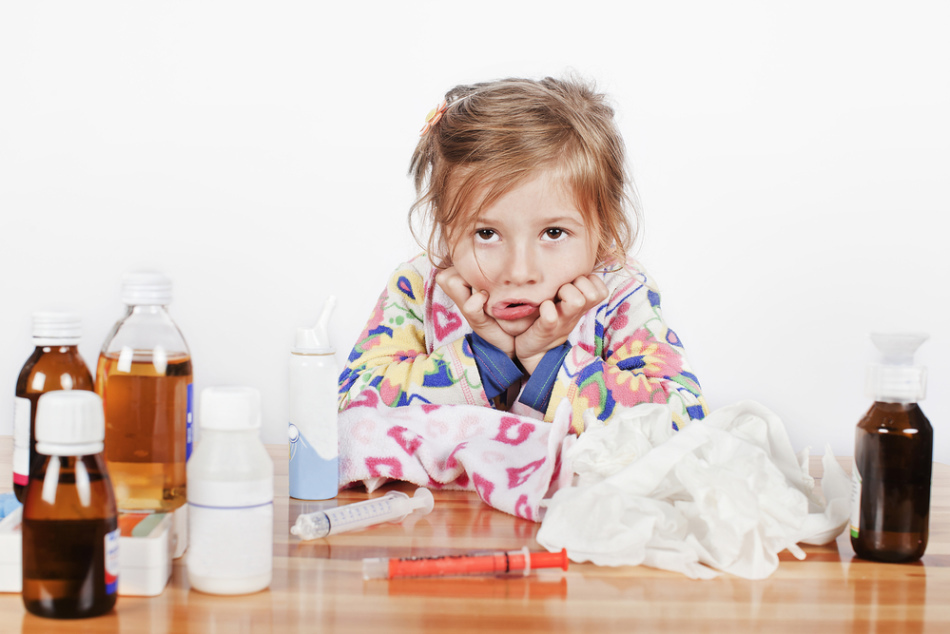 Children's medicines
Children's medicines Cure for headaches for children
With moderate headaches, a child can be relieved and offered medicines to relieve pain. What medicines and in what cases to apply analgesics and antispasmodics with headache for children is described in detail in the article "What to give a child from a headache? Drugs and medicines for headaches for children. "
IMPORTANT: For minor headaches, the following non-prescription drugs should be used: Ibuprofen and Paracetamol. These medications can be used in the form of tablets, liquid syrups and suspensions, rectal suppositories. All other anti-inflammatory and pain medications are used only as prescribed by the doctor.
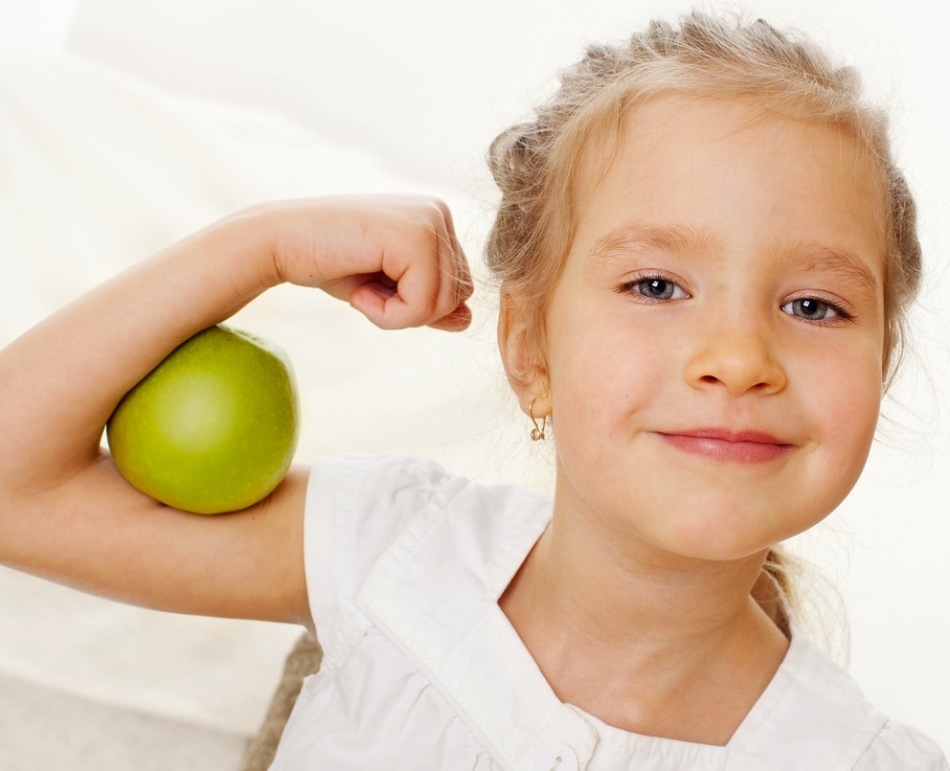 Healthy child
Healthy child What to do when a child has a headache?
- If the child complains of a headache, you should calm him and put him to bed
- Warm sweet tea will help to remove a mild headache
- A baby can be given to dissolve the drug Glycine, the so-called "brain vitamin".1-2 tablets relieve spasm of cerebral vessels and alleviate the condition of the child
- Wet napkin on the forehead to help the child reduce pain and improve health
- Light massage of the "collar zone"( from the base of the skull to the shoulders) will increase blood circulation and improve the baby's condition.
IMPORTANT: Strong andacute headaches require immediate medical attention.
At last we will give some useful advice to parents how to avoid headaches in children and how to help them overcome.
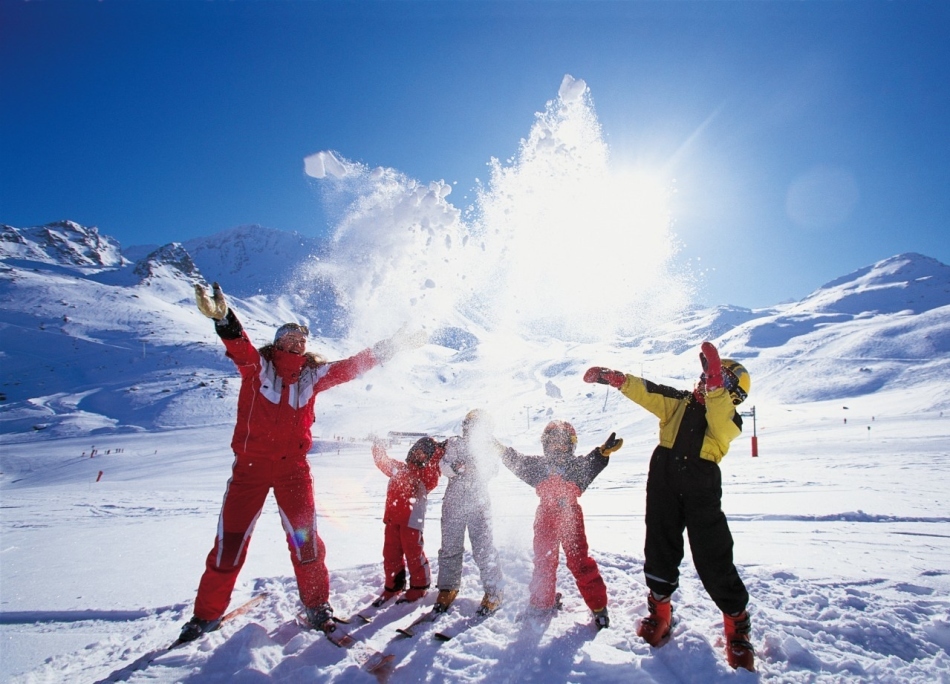 Healthy Lifestyle - Disease Prevention
Healthy Lifestyle - Disease Prevention How to relieve a headache without medication?
- Try to find out for yourself the cause of the child's headache. According to statistics, 80% of headaches can be cured independently, analyzing the situation of pain
- To divert the attention of the child from a headache problem, to occupy him with calm and favorite activities
- Often the headache arises from the lack of glucose in the blood. Snacks of fruit, berries, sandwiches during school changes will eliminate headaches of this nature.
- Remove from food the products containing various "yeshki": sweets, chips, sweet soda water, fast food. The supplements contained in these products can cause a baby's headache
- Episodic headaches without acute manifestation can be removed by walking in the fresh air
- If the headache appears when watching TV or sitting for a long time at a computer, shield the child from this knowledge and games
- Set upthe correct diet, sleep and rest of the child
IMPORTANT: Unexplained causes of headache in a child require qualified medical care. Pain sensations can cause foreign bodies in the ear, in the nasal cavity. Increased arterial and intracranial pressure, renal or vascular pathology, brain tumors - diseases accompanied by headache.
